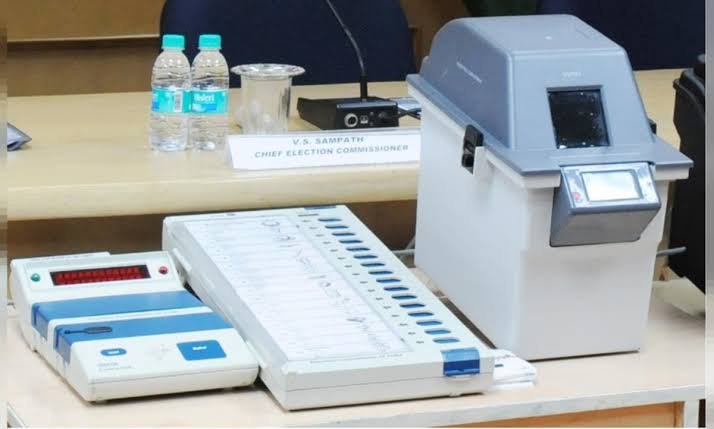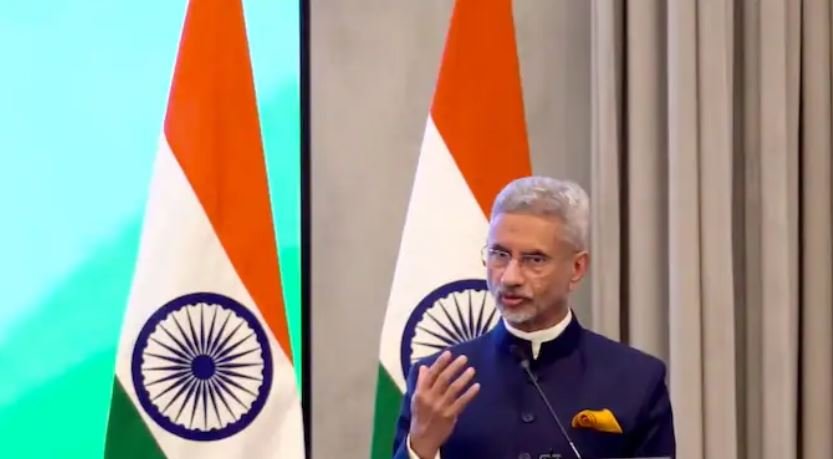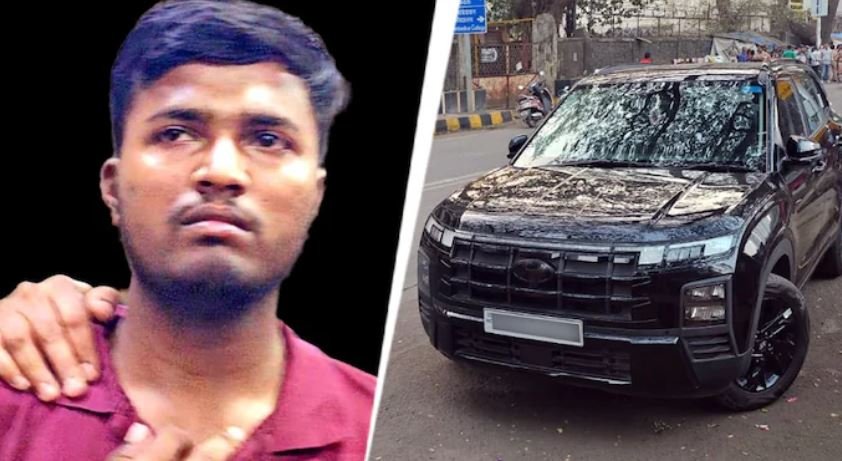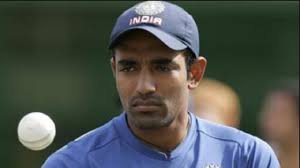
In a pivotal hearing regarding the validation of Electronic Voting Machines (EVMs) through Voter Verified Paper Audit Trail (VVPAT) in the Supreme Court today, the bench comprising Justice Sanjiv Khanna and Justice Dipankar Datta made resolute statements reiterating the court’s stance as a non-controlling authority in electoral matters. The court emphasized its role in adjudication rather than dictation, in response to petitions urging comprehensive cross-verification of EVM votes with VVPAT slips. Advocate Prashant Bhushan, representing the Association for Democratic Reforms, expressed concerns over the susceptibility of EVMs to tampering, prompting the court to underscore the necessity of evidence over mere suspicion.

Opposition’s concerns surrounding the reliability of the EVM voting system and the demand for stringent cross-verification procedures were met with the court’s cautious scrutiny. While the petitioners invoked comparisons with European countries reverting to traditional ballot voting, the court maintained that India’s electoral landscape presents unique challenges. Amidst assertions from the Election Commission regarding the infallibility of the current system, discussions delved into technical nuances, including the re-programmability of microcontrollers, wherein the court deferred to the Commission’s expertise.

Despite the petitioners’ contentions regarding potential vulnerabilities in EVMs, the court reiterated its stance of trust in the technical assurances provided by the Election Commission. Emphasizing the need for concrete evidence rather than speculation, the court underscored its limited jurisdiction as a judicial body, refraining from overreach into the operational domain of constitutional authorities. As the judgment stands reserved, the discourse underscores the intricate balance between electoral integrity and judicial oversight in India’s democratic framework.




